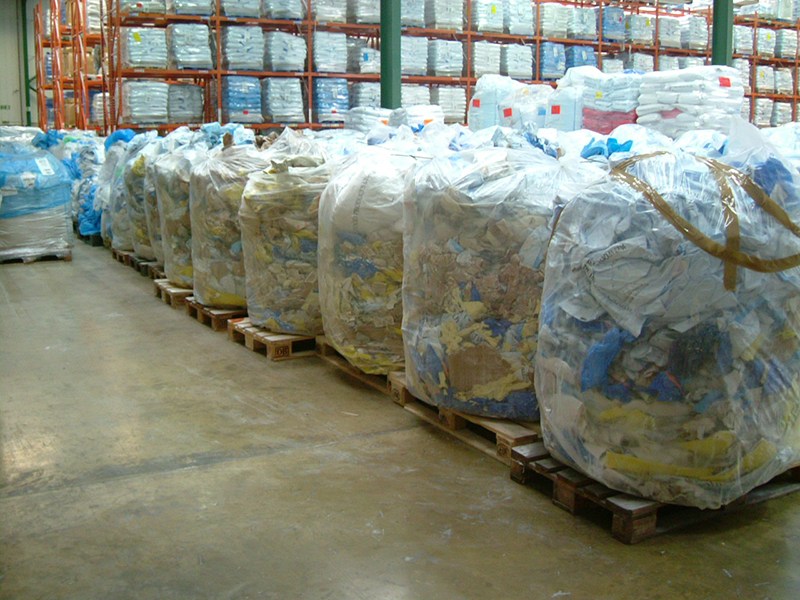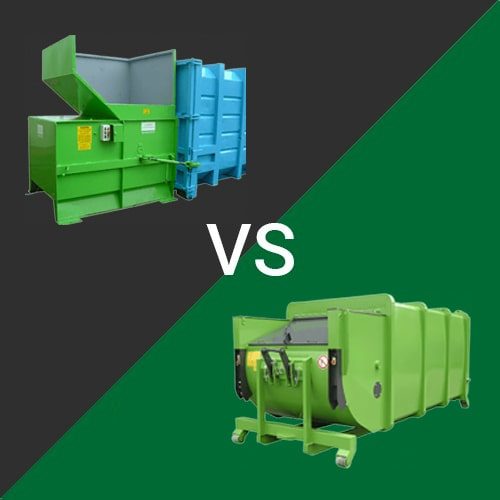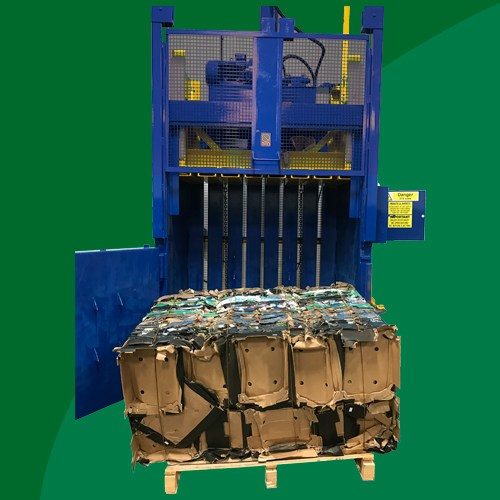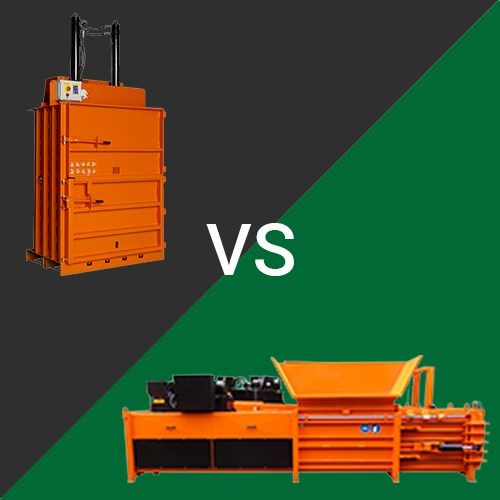Turning Trash into Power: Practices for Generating Energy from Waste
Turning rubbish into power through waste-to-energy (WtE) solutions is a process that aims to generate electricity or heat from the combustion of solid waste or other organic materials. This approach not only helps in waste management but also contributes to sustainable energy production.
Waste to Energy Solutions
Using both waste balers and waste compactors are a great first step in the WtE process. Baled and compacted waste can be used for Waste-to-Energy (WtE) solutions by first sorting and removing recyclable materials, followed by compaction or baling for better handling. Baled and compacted waste is easier to store, transport and handle and makes this part of the WtE process easier and more efficient.
We have over 20 years of experience providing tools to handle waste, and their extensive range of machinery can help you efficiently deal with your commercial waste. Suitable for every industry, from the small part manufacturers to the assembly lines, growers to packing plants, Our commitment to sustainably managing waste extends far and wide.
Understanding WtE Technologies
Using baled and compacted waste for Waste-to-Energy (WtE) solutions involves several steps and considerations.
The process
Feedstock Preparation
Sorting: Before waste is compacted, crushed or baled, it is typically sorted to remove recyclable materials like paper, cardboard, plastics and metals. This separation helps maximise recycling efforts.
Compaction and Baling: After sorting, the remaining waste is compacted or baled for easier handling, transportation and storage. This process involves compressing the waste into dense, manageable units.
Waste-to-Energy Technologies
Incineration: Baled and compacted waste can be incinerated in WtE facilities. Incineration involves burning the waste to generate heat, which is then used to produce steam and generate electricity
Gasification: Baled waste can undergo gasification, a process that converts organic materials into a synthetic gas (syngas). The syngas can be used for electricity generation or as a fuel source
Anaerobic Digestion: In the case of organic waste, particularly food waste, anaerobic digestion can be employed. This process breaks down organic materials in the absence of oxygen, producing biogas that can be used for energy
Combustion Process: In WtE facilities, baled and compacted waste is introduced into combustion chambers where it undergoes controlled combustion. The heat generated is then used to produce steam or directly drive turbines connected to generators
You can play your part in the process by using compactors and crushers to make your commercial waste more manageable and easier to transport for WtE solutions. We have a wide range of crushers, compactors and balers that are all perfect for preparing your waste for the WtE process.
WtE and Its Environmental Impact
The environmental footprint of Waste-to-Energy (WtE) solutions can raise concerns related to air emissions, ash disposal and resource consumption. The combustion of waste in incineration facilities releases pollutants like particulate matter and dioxins, which can contribute to air quality issues. In addition, ash produced during the process may contain heavy metals, needing careful management to prevent soil and water contamination.
To mitigate these ecological concerns, there are key advancements in emission control technologies for minimising air pollution and strict regulations are enforced to ensure proper ash disposal. Promoting a holistic waste management approach that prioritises recycling, waste reduction and increased energy efficiency can help address environmental challenges and reduce the reliance on WtE.
Challenges and Criticisms of WtE
Waste-to-Energy (WtE) solutions face several criticisms and concerns, with opponents often highlighting potential environmental impacts such as air pollution, greenhouse gas emission, and the perceived disincentive for recycling. Critics argue that WtE may discourage recycling by providing an alternative waste disposal method. There are also concerns about the release of harmful substances during the combustion process. However, advocates of WtE emphasise the technological advancements in emission control systems that significantly reduce air pollutants. They also argue that WtE plays a role in managing non-recyclable and residual waste, particularly in regions with limited landfill space, adding to a more comprehensive and sustainable waste management strategy.
Achieving a balance between WtE and recycling is essential for a holistic waste management strategy. While WtE addresses the challenge of non-recyclable waste, it shouldn’t overshadow the importance of recycling. Prioritising recycling helps divert materials from landfills. A well-designed waste management system integrates both WtE solutions and recycling, emphasising the hierarchy of waste management – reduce, reuse, recycle, and recover.
Practical Tips for Businesses and Communities
Businesses and communities can adopt Waste-to-Energy (WtE) practices by first implementing comprehensive waste management plans that prioritise reduction, reuse, recycling and energy recovery. Investing in on-site waste sorting systems and educating employees on proper waste disposal can help make sure that recyclables are separated from non-recyclables. Then reducing the volume of non-recyclable waste is the next step, using compactors, crushers and balers. Companies can also explore partnerships with local WtE facilities to divert non-recyclable waste from landfills and contribute to renewable energy production.
Effective waste segregation and preparation for WtE starts with educating people on the importance of separating recyclables, organic waste and non-recyclables at the source. Clear signage can guide employees on proper waste disposal, emphasising the need to reduce contamination. Businesses can provide training programs for employees to make sure they understand the importance of waste segregation and the specific requirements of the adopted WtE process. This all enhances the quality of feedstock for WtE facilities and maximises the environmental and energy benefits of these practices.
Landfill Alternatives Commitment to Sustainable WtE Solutions
Waste-to-Energy (WtE) stands as a promising and sustainable waste management solution with the potential to address environmental concerns, reduce landfill dependence and contribute to renewable energy generation. By embracing the potential of WtE technologies, we can not only reduce the strain on landfills but also harness energy from waste. Here at Landfill Alternatives, we are committed to sustainable waste management, encouraging proactive participation in WtE initiatives as part of a comprehensive strategy to minimise environmental impact, maximise resource recovery. By providing a great range of compactors, balers and crushers, we work proactively to help with the WtE process and can help your business to do the same.



